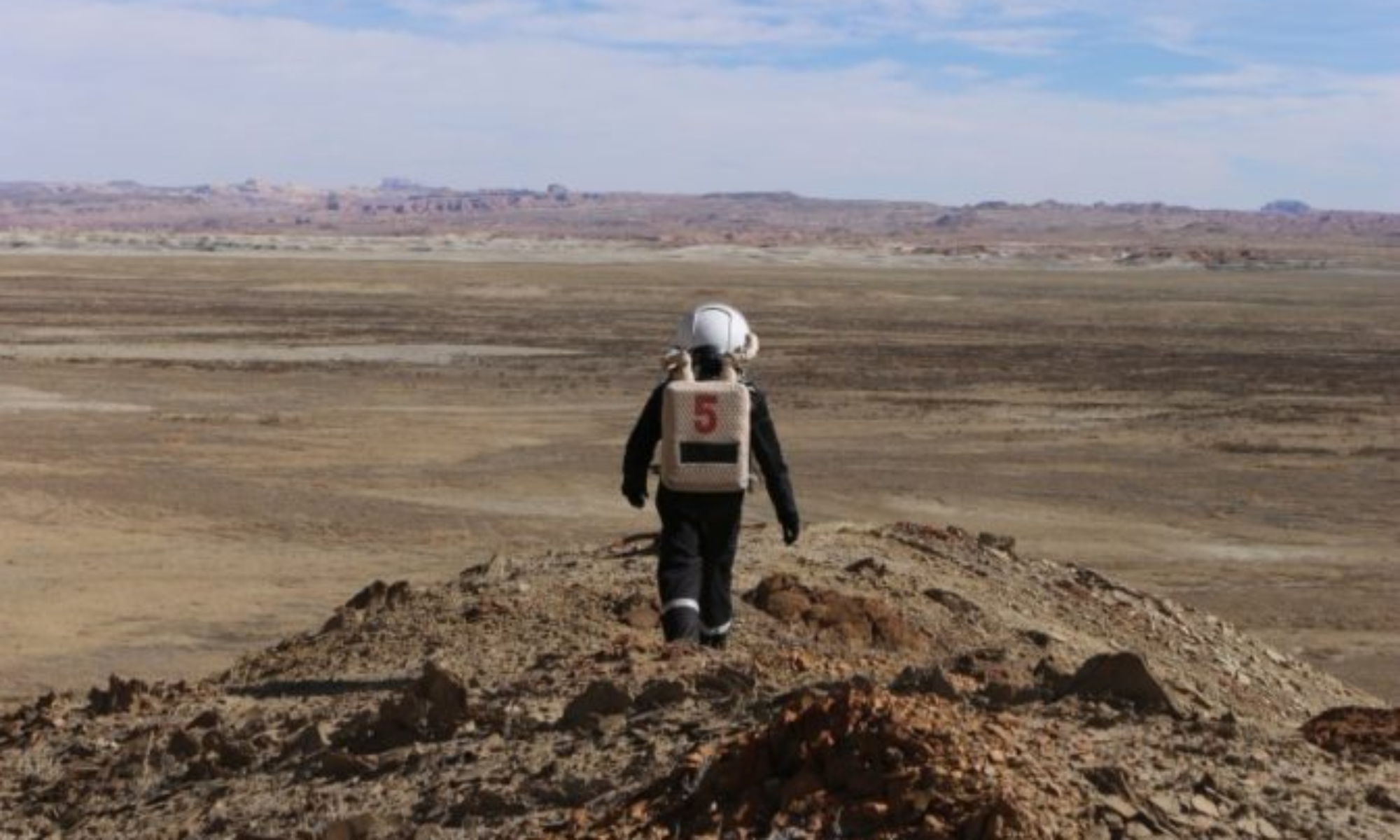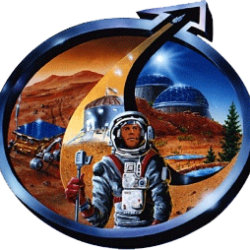1. Béatrice Hollander and Arnaud de Wergifosse – Lactobacillus helveticus
Objective:
To evaluate the impact of Lactobacillus Helveticus on sleep and stress
Methodology:
Two groups: one control (Placebo) and one intervention group (Lactobacillus Helveticus) in a double blinded design. All participants will receive an active treatment or a placebo pill everyday.
Monitoring sleep and stress variations through behavioural and physiological data with questionnaires and wearables. Body temperature and oxygen blood saturation will be controlled.
Schedule:
Weekly questionnaires and everyday data during nights.
2. Antoine Dubois – Wind Erosion and Sediment Transport
Objective:
To study wind-driven erosion and sediment transport dynamics in a Mars analog desert environment.
Methodology:
Installation of sediment collectors at various heights and in the same area.
Granulometric analysis of collected sediment using sieves.
Environmental data recorded with temperature, humidity sensors, and GPS for spatial mapping.
Integration of data into GIS for visualization.
Schedule:
Equipment installation: early mission (Sol 1–2).
Regular data retrieval and sample collection (every 2–3 Sols).
Final analysis and synthesis near the end of the mission.
3. Louis Baltus – Mobile UX and Radiation Forecasting
Objective:
Evaluate user interaction with mobile devices in isolated, confined, and extreme (ICE) environments.
Develop a solar radiation forecasting model using ground and satellite data.
Methodology:
Usability tests under simulated Mars conditions with crew interaction logging.
Data integration from the Musk observatory at MDRS and satellite databases.
Model construction for predictive radiation events affecting Mars explorers.
Schedule:
UX test phases distributed across the mission (beginning, mid-point, and end).
Radiation data collection ongoing; model refinement toward the final days.
Crew surveys and feedback collected in parallel.
4. Bérengère Bastogne – Arbuscular Mycorrhizal Fungi under Stress Conditions
Objective:
To investigate how arbuscular mycorrhizal fungi respond to Martian-like stress.
Methodology:
Germination and viability tests (MTT assay) post-exposure to Martian-like stress.
Symbiosis testing with host plants; root staining and microscopy.
Schedule:
Sample exposure and monitoring start early (Sol 1–2).
Lab work and analysis continue throughout the mission.
Symbiosis testing and documentation near mission end.
5. Dr. Odile Hilgers – Crisis Resource Management (CRM) in Medical Emergencies
Objective:
To evaluate CRM strategies during medical emergencies in a simulated Mars mission, focusing on performance, debriefing impact, and team dynamics.
Methodology:
Implementation of medical emergency scenarios (CPR, EVA incidents, team confusion).
Performance assessment using Ottawa Global Rating Scale (GRS).
Use of high-fidelity manikins, AED trainers, and GoPro recordings.
Structured debriefing after each simulation.
Schedule:
Six key simulation events planned (Sol 2, 4, 7, 8, 10, 12).
Debriefings conducted the same evening.
Data collection includes video analysis and time-stamped feedback logs.
6. Batoul Tani – UV-C Exposure & thermal cycling effects on Biofilms and Spores
Objective:
To determine how UV-C radiation and thermal cycling affect the resistance of E. coli biofilms and Bacillus thuringiensis spores, and the protective potential of various materials.
Methodology:
Controlled exposure of bacterial cultures to UV-C
Use of petri dishes, 96 well plates, agar-agar media, and UV measurement devices.
Quantitative analysis post-exposure for viability and structural integrity.
Schedule:
Initial culture setup: Sol 4.
Exposure sessions spread across mission (Sol 5, 8, 10).
Sample documentation and interim analysis mid-mission.

